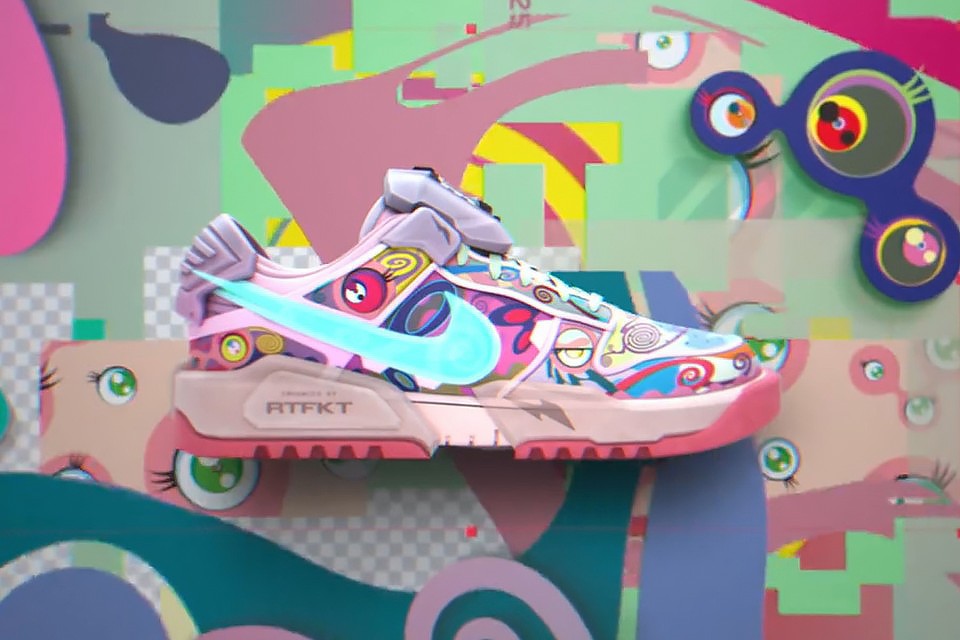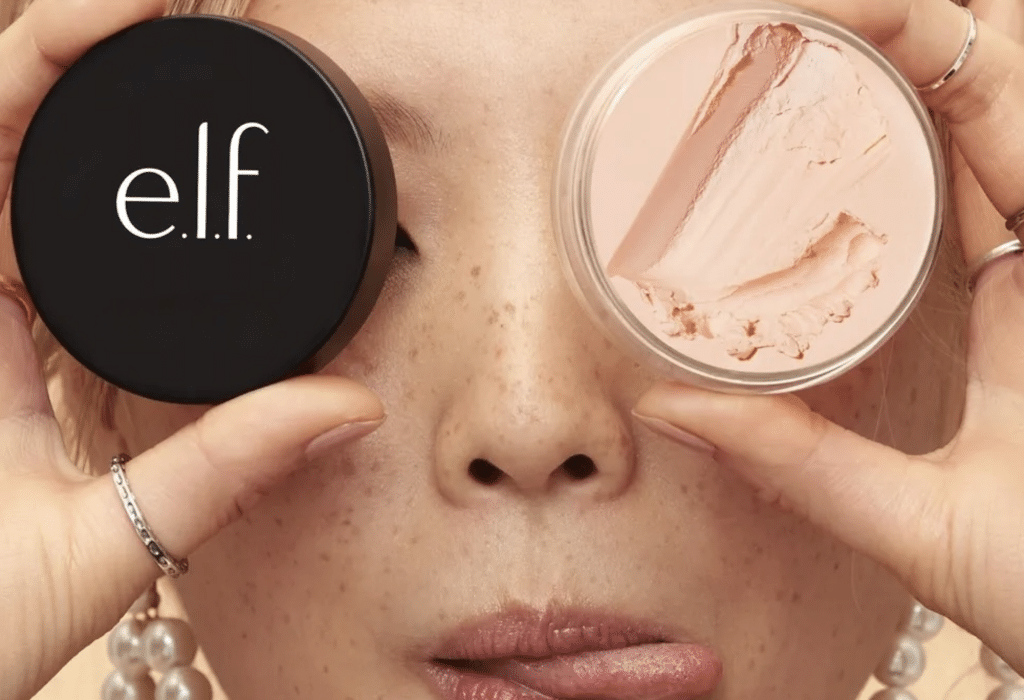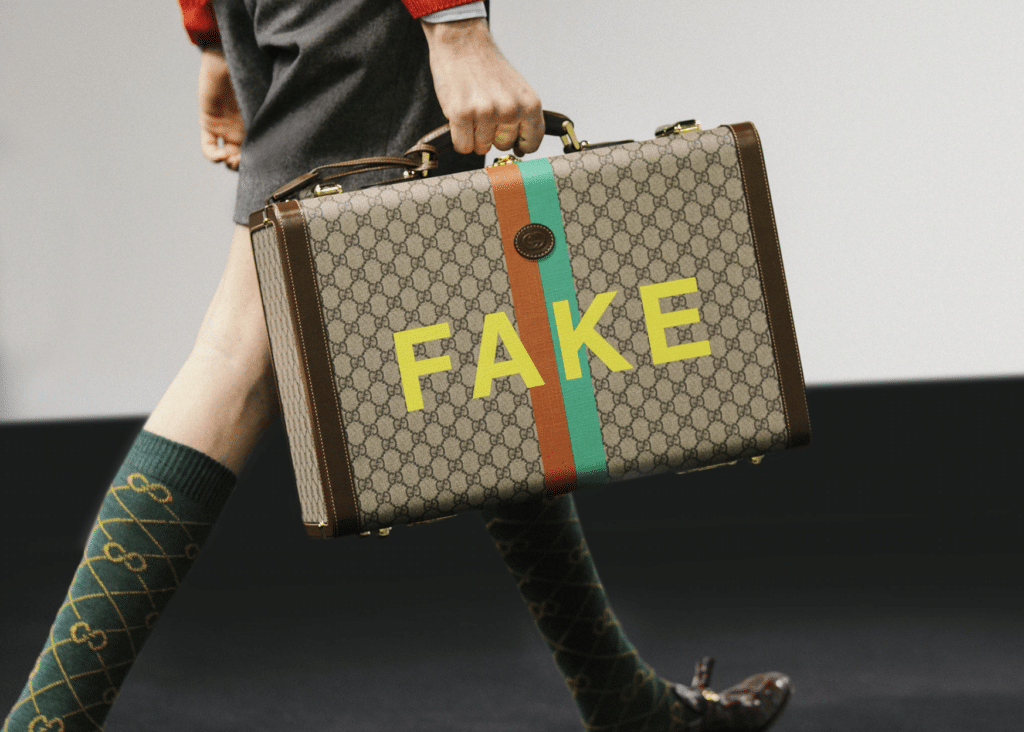Nike and RTFKT, the digital fashion/footwear brand it acquired last year, made headlines this spring with their first joint endeavor into the metaverse. In a widely-covered drop in April, the two companies revealed that each of the MNLTH NFT cubes that RTFKT released in February contain a pair of virtual sneakers that mirror the silhouette Nike’s Dunks but can be customized via RTFKT-created skins. In addition to setting the stage for more offerings from the Swoosh and RTFKT, including physical offerings, the drop of the virtual sneakers – which have been coined CryptoKicks – is significant as the name appears to be a nod to some of the technology at the heart of the patent that Nike received back in December 2019 for a “system and method for providing cryptographically secured digital assets,” including the “breeding” of digital sneakers.
Nike’s “Cryptokicks” is one of the most widely-covered patents when it comes to the metaverse (and virtual fashion/footwear, more specifically), but it is certainly not the only innovation aimed at the virtual world, as leading tech players are developing new hardware and software to cater to consumers’ budding interest in the metaverse, i.e., the combination of aspects of social media, gaming, augmented and virtual reality, and the web that form “an immersive digital world.”
Noting an uptick on interest in metaverse patents as companies that are developing the building blocks for the virtual world look to protect their innovations, ArentFox Schiff’s Michael Fainberg and Mohammad Zaryab state that among metaverse-specific technologies that they are seeing companies amass patents are “systems for optimizing shared views of virtual objects to multiple wearers of VR headsets; algorithms for generating and moving virtual shapes and scenes in a VR environment based on hand gestures, head motion, or line of sight of the user; systems for generating haptic feedback corresponding to users’ interaction with virtual objects in a virtual environment; and methods for generating 3D avatars of the users, which emulate users’ appearance and behavior,” among others.
Pursuing patent protection in connection with the virtual world is not without challenges. Just as with physical world-centric inventions, in order to be eligible for patent protection in the U.S. (with regard to the metaverse or virtual world), an invention must new, useful process, and fall within the one of the four statutory categories (machine, manufacture or composition of matter) – or amount to a new and useful improvement on such an invention. While patent protection (i.e., the process of drafting, filing, and working with the United States Patent and Trademark Office (“USPTO”)) “for hardware technologies for the metaverse tends to be quite straightforward – and there are many existing patents for virtual reality and augmented reality headsets,” Mathys & Squire’s Dani Kramer asserts that obtaining software patents for metaverse technologies is “likely to be comparatively more difficult from a subject matter point of view.”
Fainberg and Zaryab echo this, asserting that patent prosecution is challenging in connection with metaverse tech in large part “due to the strict subject matter eligibility requirements applied to software inventions under 35 U.S.C. 101 in view of the U.S. Supreme Court decision in Alice Corp v. CLS Bank,” which asks – in part – whether a patent application contains claims that are directed to an abstract idea. (This subject matter hurdle was demonstrated in Sandbox Software, LLC v. 18Birdies, LLC back in June 2019 when a Delaware federal court determined that one of metaverse platform Sandbox’s inventions was ineligible for patent protection because it was directed to the abstract idea of playing a multiplayer game and keeping track of its progress, and thus, did not amount to patentable subject matter.)
Software in this realm can also be thorny from novelty/non-obviousness point of view. “One of the larger considerations in evaluating a metaverse innovation for novelty/non-obviousness is determining whether the process within the metaverse environment is similar to the same process outside the metaverse environment,” according to DLA Piper’s Joseph Wolfe. “If, for example, the only difference between the proposed invention and the prior art is that the proposed invention is confined to the metaverse environment, it may be difficult for applicants to clear the prior art [with the USPTO].” This is why applicants should “identify that step in the process that is unique to execution in the metaverse environment,” he asserts.
Looking beyond utility-focused patents, companies are also expected to try to utilize design patent protection for any “new, original and ornamental designs” that they are using in the metaverse. “A virtual business may have – as a primary core asset – a virtual product design, aspects of which that may need protection as trade dress under trademark law – or through a design patent,” Holland & Knight’s Thomas Brooke stated in a recent note.
Design patent protection for metaverse-focused ornamental design is certainly possible. As the USPTO states in its Manual of Patent Examining Procedure, “Computer-generated icons, such as full screen displays and individual icons, are 2-dimensional images [that] alone are surface ornamentation,” and that comply with the “article of manufacture” requirement of 35 U.S.C. 171.
Protection will, of course, depends on how such designs are claimed. As of now, for instance. “a design patent for, say, a purse, would not cover a purse shown in the metaverse,” Suffolk University Law School professor Sarah Burstein tells TFL. It would be possible, she says, to patent the design of a purse for use in the metaverse “if you put a dotted line around an image of the purse and call it a ‘display screen portion with user interface,’ (e.g., the icons in Apple v. Samsung).” Burstein notes that the USPTO “seems to want to go further, to be able to issue patents for VR/AR/projected purses.” (In a December 2020 request for comments about the article of manufacture requirement of 35 U.S.C. 171, the USPTO suggested that designs for “projections, holograms, and virtual and augmented reality” are protectable.)
Ultimately, increasing attempts by brands to engage with the consumers in the metaverse by way of games and specific metaverse platforms are “sure to present applicants and practitioners with its own unique set of challenges for obtaining patent protection,” Wolfe states. The potential good news for filing parties, per Wolfe is that “broadly speaking,” many of the same principles or best practices for patenting things like “blockchain innovations and artificial intelligence innovations can be applied to metaverse innovations to help applications successfully navigate through the patent office.”
This article was originally published on May 25, 2022.











